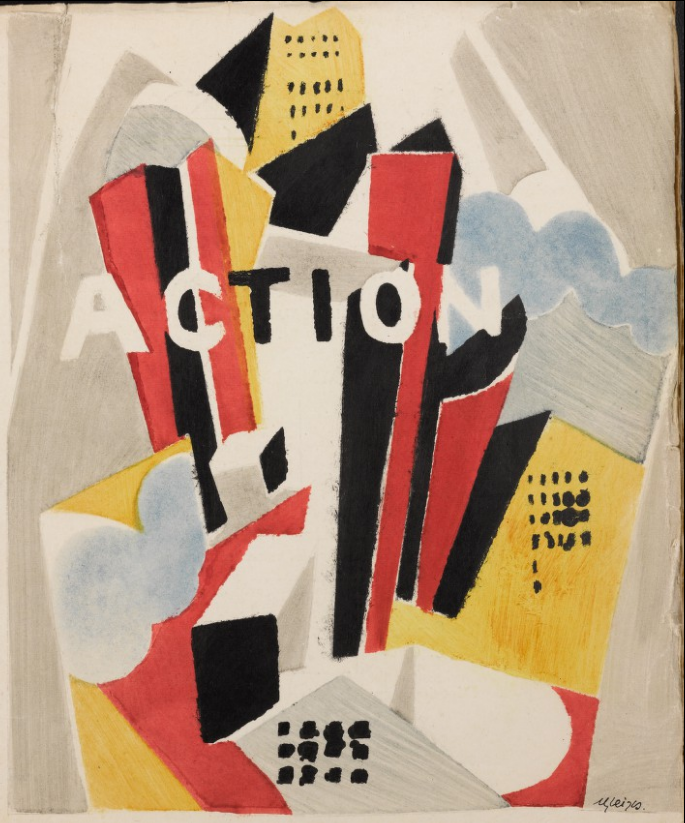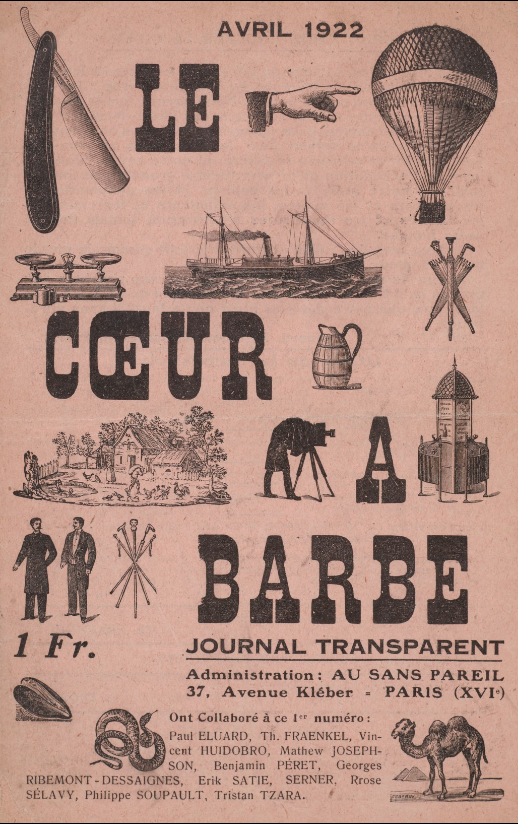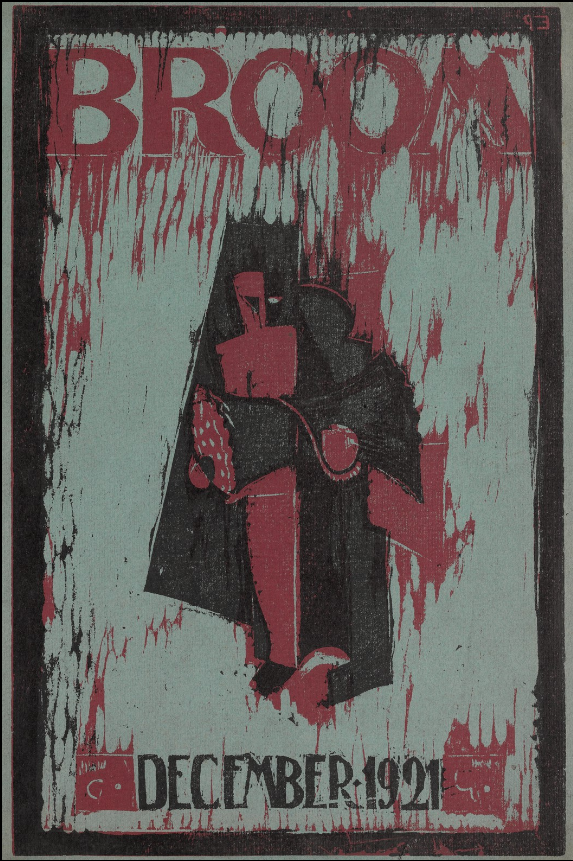The West has very rich contemplative tradition. Monastics of the early Christian church practiced forms of meditation that have been adopted by many people seeking a deeper, more serene experience of life. Given the wealth of contemplative literature and practice in European history, why have so many Western people turned to the East, and toward Buddhist contemplative forms in particular?
The answer is complicated and involves many strains of philosophical and countercultural history. Some of the greatest influence in the U.S. has come from Tibetan monks like the Dalai Lama and Chögyam Trungpa Rinpoche, onetime teacher of Allen Ginsberg, and founder of Naropa University and the ecumenical Shambhala school of Buddhism. Trungpa Rinpoche contrasted theistic forms of meditation, both Hindu and Christian, with the mindfulness and concentration practices of Buddhism, writing that the first one, focused on a “higher being” or beings, is “inward or introverted” and dualistic.
Buddhist mindfulness meditation, on the other hand, is “what one might call ‘working meditation’ or extroverted meditation. This is not a question of trying to retreat from the world.” Mindfulness “is concerned with trying to see what is,” he writes, and to do so without prejudice: “there is no belief in higher and lower; the idea of different levels, or of being in an underdeveloped state, does not arise.” In other words, all of the imported concepts that push us one way or another, drive our rigid opinions about ourselves and others, and make us feel superior or inferior, become irrelevant. We take ownership of the contents of our own minds.
How is this relevant for the modern person? Consider the videos here. These explainers, like many other contemporary uses of the word “mindfulness,” peel the concept away from its Buddhist origins. But secular and Buddhist ideas of mindfulness are not as different as some might think. “Mindfulness,” says Dan Harris in the video at the top, “is the ability to know what’s happening in your head at any given moment without getting carried away by it.” (Some might prefer the more succinct Vipassana definition “nonjudgmental awareness.”) Without mindfulness, “there’s no buffer between the stimulus and your reaction.” With it, however, we “learn to respond wisely” to what happens to us instead of being pushed and pulled around by habitual reactivity.
As the video above has it—using the Cherokee parable of the two wolves—mindfulness provides us with the space we need to observe our sensations, emotions, and ideas. From a critical distance, we can see causes and effects, and create different conditions. We can learn, in short, to be happy, even in difficult circumstances, without denying or fighting with reality. The Dalai Lama refers to this as observing “the principle of causality… a natural law.” “In dealing with reality,” he says, “you have to take that law into account…. If you desire happiness, you should seek the causes that give rise to it.” Likewise, we must understand the mental causes of our suffering if we want to prevent it.
How do we do that? Is there an app for it? Well, yes, and no. One app is Happify—who produced these videos with animator Katy Davis, meditation instructor Sharon Salzberg, and Harris, creator of the mindfulness course (and app) 10% Happier. Happify offers “Science-based Activities and Games, and “a highly secularized, some might say decontextualized, form of mindfulness training—including the “Meditation 101” primer video above. For those who reject everything that smacks of religion, secular mindfulness practices have been rigorously put to many a peer-reviewed test. They are widely accepted as evidence-based ways to reduce anxiety and depression, improve focus and concentration, and manage pain. These practices have been used in hospitals, medical schools, and even public elementary schools for many years.
But whether we are Buddhists or other religious people practicing mindfulness meditation, or secular humanists and atheists using modified, “science-based”—or app-based—techniques, the fact remains that we have to build the discipline into our daily life in order for it to work. No app will do that for us, any more than a fitness app will make us toned and healthy. Nor will reading books or articles about meditation make us meditators. (To paraphrase Augustine, we might say that endless reading or staring at screens amounts to an attitude of “give me mindfulness, but not yet.”)
Harris, in character as a mouse in a V‑neck sweater, says in the video above that meditation is “exercise for your brain.” And like exercise, Trungpa Rinpoche writes, meditation can be “painful in the beginning.” We may not always like what we find knocking around in our heads. And yet without acknowledging, and even befriending, the feelings and thoughts that make us feel terrible, we can’t learn to nurture and “feed” those that make us feel good. If you’re inspired to get started, you’ll find several free online guided meditations at the links below.
Related Content:
Philosopher Sam Harris Leads You Through a 26-Minute Guided Meditation
Free Guided Meditations From UCLA: Boost Your Awareness & Ease Your Stress
Stream 18 Hours of Free Guided Meditations
Daily Meditation Boosts & Revitalizes the Brain and Reduces Stress, Harvard Study Finds
Josh Jones is a writer and musician based in Durham, NC. Follow him at @jdmagness







